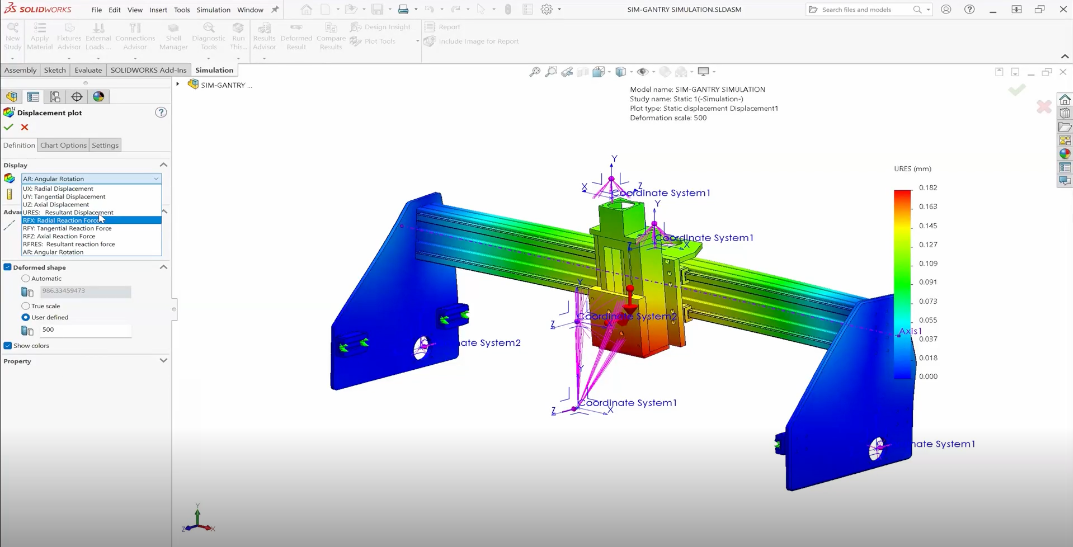Have you ever tried to run a simulation that wouldn’t work? Certain structural problems are notoriously difficult to simulate, and without the right strategies, they can often have us bashing our heads against our desks.
In our webinar, we ran through five common challenges and how we can successfully tackle them with 3DEXPERIENCE SIMULIA cloud simulation.
1. Large Deformations
Large deformations, large rotations, and other sources of geometric nonlinearity require incrementation of the stiffness matrix. Using a robust and efficient nonlinear solver is critical.
3DEXPERIENCE SIMULIA uses the industry-leading Abaqus solvers, which are well-known for their powerful nonlinear capabilities. Nonlinear geometry and automatic adjustment of the incrementation are handled by default.
2. Contact
Contact interactions can be both tricky to specify and solve. Some problems can have hundreds of locations where surfaces contact each other.
3DEXPERIENCE SIMULIA and the Abaqus solvers provide a unique feature called general contact to help with this. Rather than selecting individual contact surfaces, general contact provides a way to easily define global contact properties such as friction and allow the solver to automatically detect contacting surfaces.
3. Advanced Material Modeling
Selecting the right material model is important if you want to get an accurate representation of the material response in your simulation.
Using 3DEXPERIENCE SIMULIA, you can incorporate many advanced material models, such as metal plasticity, hyperelastic elastomer, superelastic nitinol, foam, and composites. It can even assess the damage and failure of materials.
4. Multi-Step Procedures
For some scenarios, you need to be able to define sequential steps. Perhaps you need to apply some preload before a dynamic test, or perhaps you’re simulating a two-step-forming process with multiple tools.
Native multi-step modeling in 3DEXPERIENCE SIMULIA makes it easy to alter boundary conditions and solve multiple operations in a natural way.
5. Instability and Dynamics
Nothing is more annoying to troubleshoot than a solver running into issues with instability. Many high-speed dynamic events are inherently very unstable. There isn’t much you can do if you don’t have a strategy to deal with that instability.
The Abaqus solvers in 3DEXPERIENCE SIMULIA have automatic stabilization options for minor instabilities, and we can use explicit incrementation to deal with the most extreme situations.
The Bottom Line
The 3DEXPERIENCE SIMULIA cloud simulation tools provide the options and capabilities needed to handle these difficult problems, but solving hard problems can require a lot of computation time.
Because 3DEXPERIENCE provides access to on-demand cloud computing, you don’t need to have expensive hardware to solve these complex problems.
If you have any questions or want to learn more about 3DEXPERIENCE SIMULIA, contact us at Hawk Ridge Systems.



